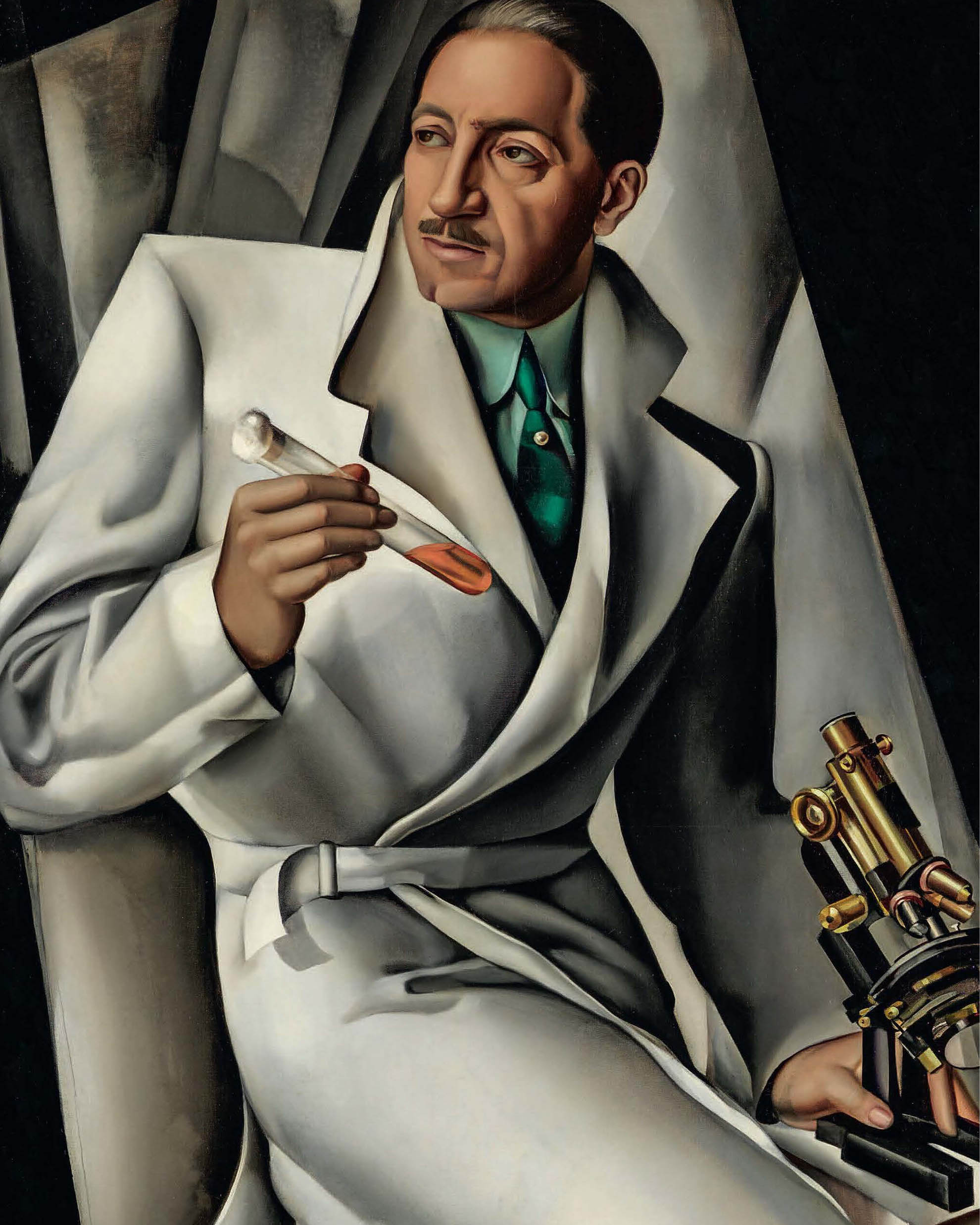
A Face in the Shop Window
A FACE IN THE SHOP WINDOW
Massimo NavoniWhile walking through Paris in January 1972, Ricci spotted an unfamiliar woman’s self-portrait in a gallery window – it was love at first sight. The woman’s name was Tamara de Lempicka, and the window belonged to the Galerie du Luxembourg. Five years later, Ricci published the exquisite illustrated volume that would re-introduce Lempicka – then a long-forgotten Art Deco painter – to the world. Her work, part and parcel of the aesthetic and cultural fabric that defined the noble and wealthy elites of the interwar years, had allowed notables and aristocrats (poised between old-world refinement and the growing lure of Fascism) an opportunity to see themselves in portraits with a highly recognizable style: at once Neoclassical and post-Cubist. Neoclassicism usually celebrates virtue; Tamara’s version exuded an alluring scent of vice. Over time, her fame has only grown; recently, her Portrait du Docteur Boucard sold at a Christie’s auction for £6,635,000.






